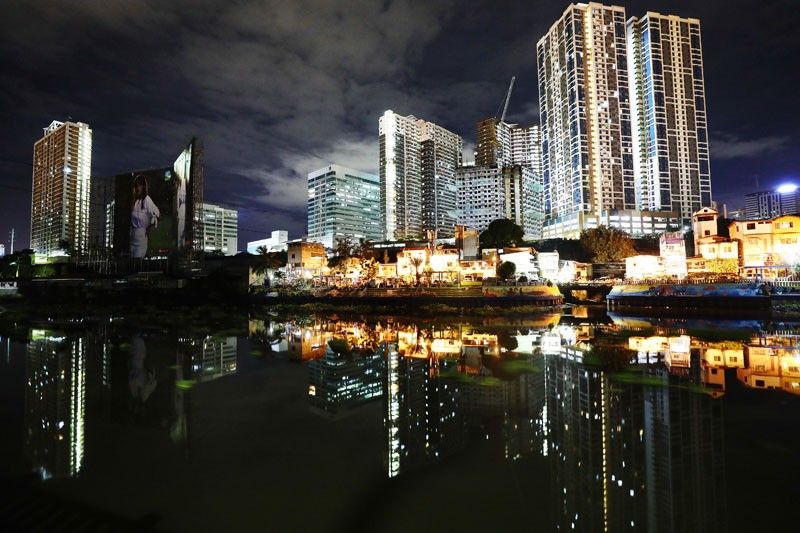‘Stronger H2 unlikely as virus crisis lingers’

MANILA, Philippines — The Philippines is not likely to see a strong performance in the second half, which will dampen its already reduced growth targets, as virus concerns remain a drag on recovery.
In an email to The STAR, assistant economist of London-based Oxford Economics Makoto Tsuchiya said the think tank further reduced its 2021 gross domestic product (GDP) prospects for the Philippines.
For the fifth time, Oxford slashed its GDP forecast to 3.5 percent from the previous target of 4.5 percent. Its original forecast was a high of eight percent.
“The Philippine economy grew by only 3.7 percent in the first half, which means to reach the government’s four to five percent target would require notably stronger growth in the second half, which we think will be very unlikely,” Tsuchiya said.
Just this week, the government economic team slashed its growth outlook for 2021 to four to five percent amid heightened risks brought about by the COVID-19 Delta variant.
While the second quarter GDP jumped by 11.8 percent and was the strongest in over three decades, Tsuchiya said the near-term outlook has deteriorated.
The spike in COVID cases and reimposition of lockdown measures in Metro Manila, where the bulk of economic activities are, will weigh on sentiment and activities, especially services.
“Given the experience elsewhere, we expect that the Delta variant is difficult to contain. We believe it is likely that further lockdowns will be necessary to curb the more infectious variant,” Tsuchiya said.
“The slow pace of vaccination will likely also further delay any sustained reopening of the economy until mid-2022 when we expect at least 70 to 80 percent of the population will be fully vaccinated,” he said.
Tsuchiya also expects exports to hit a soft patch in the coming months due to the significant supply chain disruptions and weaker demand among some trading partners.
Exports have started to rebound from their declines last year, jumping by 21 percent to $35.9 billion in the first semester.
In fact, the Philippine Exporters Confederation Inc. already said exports could take a hit from the expected hike in container shipping rates and supply chain disruptions due to the partial closure of a major port in China.
Even the Philippine Ports Authority warned both importers and exporters to brace for delays in cargo shipments as several ports in China reel from COVID-19.
Amid all these developments, a significant increase in GDP for 2021 may be farfetched.
“GDP will likely return to pre-pandemic levels only in late-2022, lagging regional peers,” Tsuchiya said.
He also said that this would prompt the Bangko Sentral ng Pilipinas to maintain its accommodative monetary policy stance until 2022, in line with market consensus.
Among the ASEAN 6 – Indonesia, Malaysia, the Philippines, Singapore, Thailand and Vietnam – the Philippines’ GDP for 2021 is seen to be lower than that of Vietnam’s 6.6 percent and Singapore’s 6.4 percent. Malaysia’s economy will only be slightly higher at 3.6 percent.
Philippine GDP is only seen higher than Indonesia’s 3.3 percent and Thailand’s 1.8 percent amid the severe spike of COVID cases in neighboring countries.
- Latest
- Trending




























